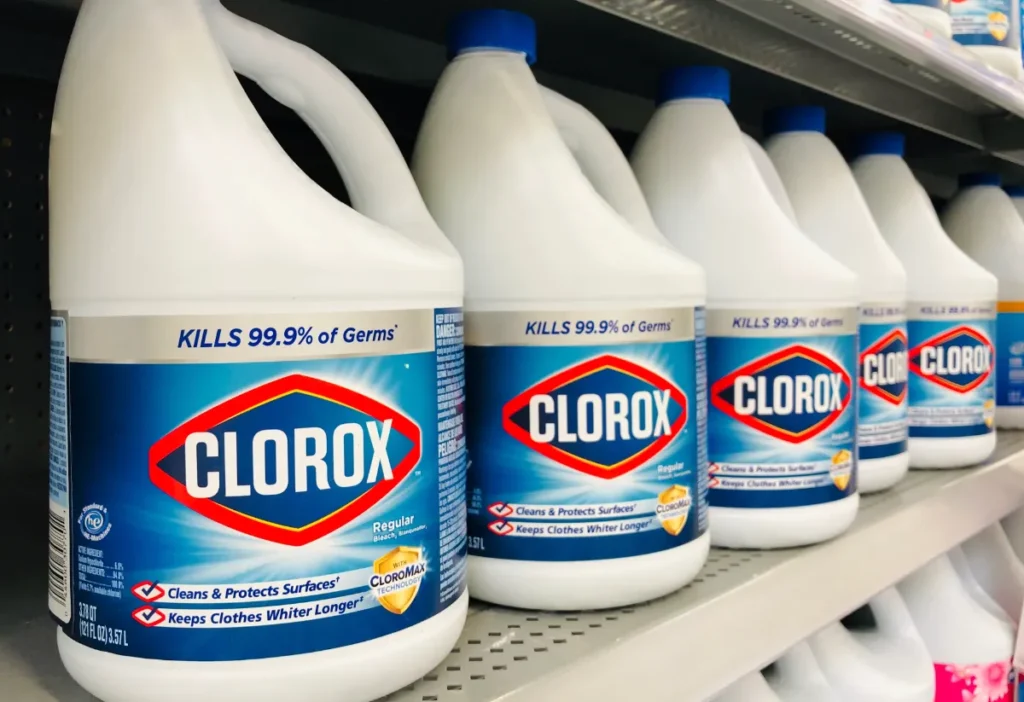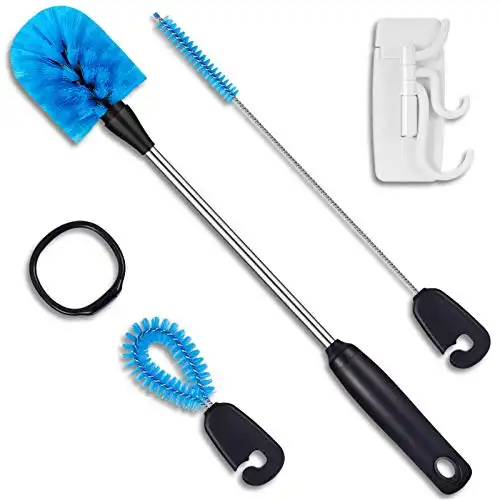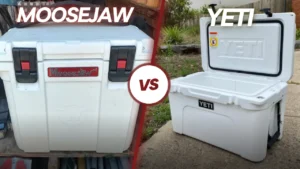I love my Yeti bottles and regularly take them to the climbing gym, the beach and everywhere else in my life.
One of the things I love using my Yeti bottle for is smoothies. But I often leave the bottle in the car for days before cleaning it.
Recently, I've been noticing my Yeti bottle smells a bit funky and has some stains towards the bottom which could be mold or rust I'm not sure.
I considered using bleach to clean my Yeti bottle, but it turned out that was a very bad idea.
You should NOT wash a Yeti bottle with a chlorine based bleach. Bleach reacts with the stainless steel bottle and causes rust or other stains. Bleach can also break down and corrode the plastic Yeti Yonder bottles as well. Vinegar or baking soda are better mold killers to use.
Hydrogen peroxide bleach is safe to use on Yeti bottles though.
Yeti does actually say not to use bleach in their care instructions and on their rambler FAQ page:
Do not use bleach or abrasive cleaners.
So I would definitely steer away from using bleach to clean your Yeti bottles. There are so many other better ways to clean your bottle anyway.
What Happens If You Put Bleach in a Yeti Rambler Bottle and Why?
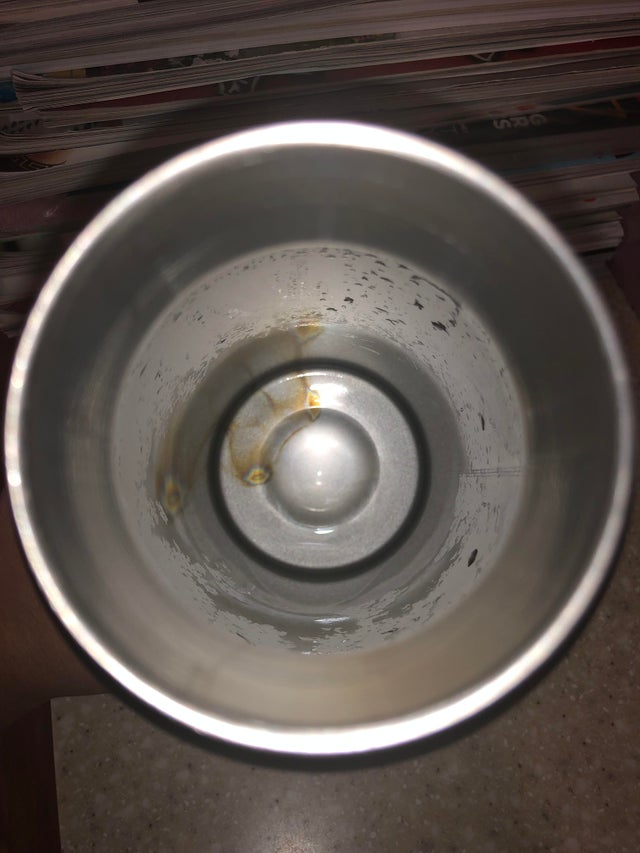
When you try to clean your Yeti bottle with regular chlorine based bleach it will cause the bottle to begin rusting. The same is true when using bleach in Yeti cups as they are made from the same material – 18/8 stainless steel.
This is because bleach is corrosive to stainless steel. In fact, the rusting can happen extremely quickly and quite a few people have ruined their bottles this way.
This surprised me because stainless steel is a very strong material that doesn’t usually rust.
But it turns out that chlorine bleach contains sodium hypochlorite, which is very corrosive to stainless steel.
Stainless steel has a protective layer that is invisible to the naked eye, and bleach dissolves that layer leaving it vulnerable to oxidation (rust).
If you do accidentally wash your Yeti bottle with bleach, you should look out for the following signs:
- Pitting
- Rust
- Change in color
Can You Put Bleach in a Yeti Plastic Bottle?
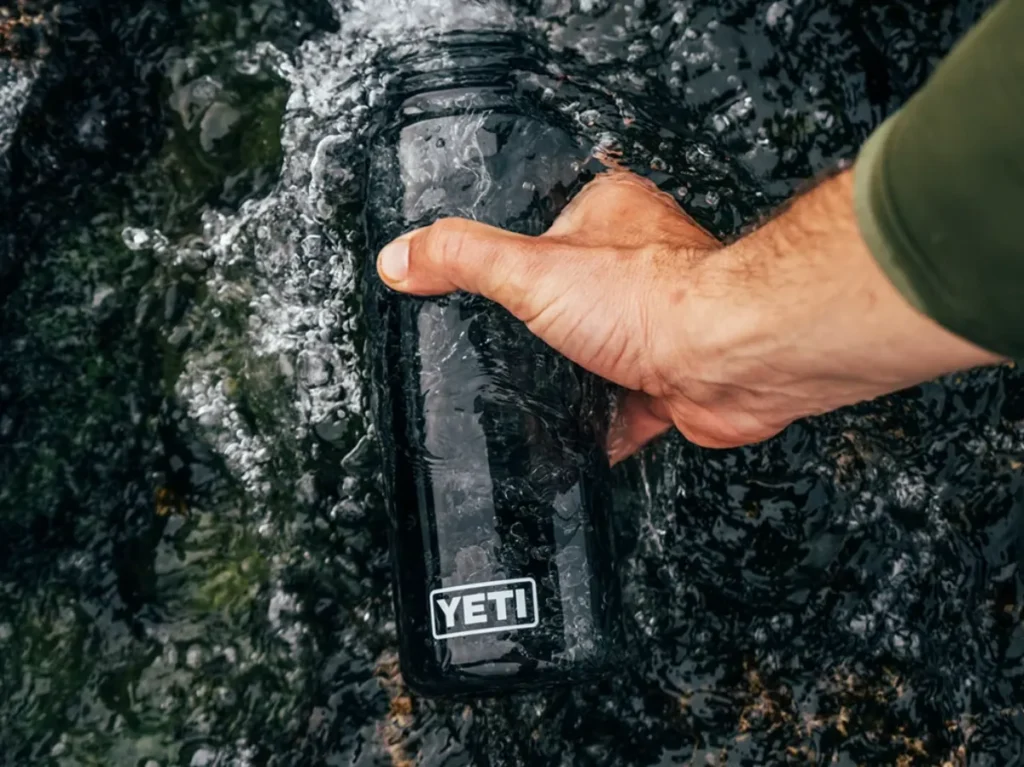
Yeti recently introduced plastic water bottles made from Tritan plastic. While Tritan is a hard wearing plastic and can be washed with bleach on occassion, over time the bleach will deteriorate the plastic.
This can lead to the plastic breaking down and can increase the amount of microplastics and chemical leaching into your water.
Nalgene bottles are made from the same plastic and while Nalgene advise washing with bleach I tend to personally avoid using bleach in any of my plastic bottles. Vinegar is a better and safer alternative.
How to Wash a Yeti Bottle Without Bleach
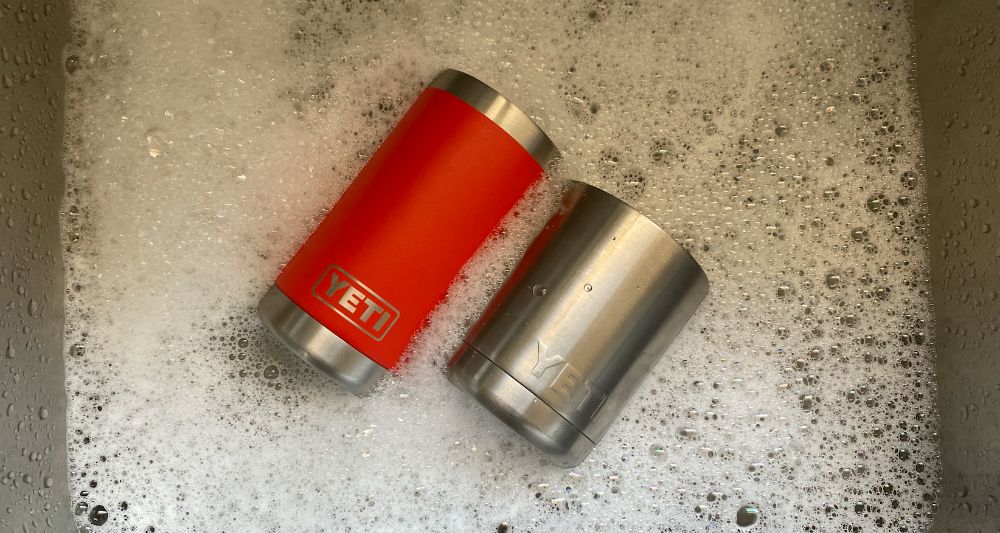
You may be wondering how you can clean your Yeti bottle if you can’t use bleach.
Studies show that the average water bottle has 313,499 colony-forming germs per square centimeter.
Our water bottles are the perfect breeding ground for bacteria that we certainly do not want to be drinking.
Since it is obviously not a good idea to wash a Yeti bottle with bleach, what are we supposed to do?
The best way to wash a Yeti bottle is to simply use hot water and dish soap to give it a good clean.
But if your bottle has any stains or strange odors, then this might mean that mold has formed in your bottle.
You do NOT want to be drinking mold – it's extremely unhealthy.
Check out this guide on how to get rid of mold and bad smells from your Yeti bottle or tumbler. There are lots of different methods that work great.
You could invest in the Yeti cleansing tablets. These work great to clean away most bad smells. The downside to this is that they are a bit expensive, at least for my budget.
The good news is that you can find very similar cleansing tablets online for a much cheaper price. I've made a list of the best bottle cleaning tablets which you can check out but my favorite is the Bottle Bright Cleaning Tablets from Amazon.
These are fairly cost effective, have a great reputation and are made from high-quality ingredients sourced in the USA.
All natural, safe, free of odor and harmful ingredients. This is perfect for cleaning tumblers and water bottles giving them a fresh look and smell. No scrubbing required. Made in the USA
Cleaning tablets work great if your bottle isn't too nasty. But if you have visible mold then they won't do enough.
To kill mold I suggest using a mixture of 50% white vinegar and 50% water. Pour it in your Yeti bottle, close the lid, shake it and then leave for at least 30-60 minutes or overnight if possible to kill the mold.
After soaking, use a baking soda paste and a bottle brush to scrub any remaining mold off the bottle to completely clean it.
I personally use this 3-in-1 bottle brush set from Amazon as the brush has a long handle and works great for Yeti bottles and the smaller brush is great for cleaning the threads on the lid and under the gasket where mold can commonly grow.
Three tools in one. Includes a long bottle brush, straw brush and detail cleaner (great for cleaning inside lid gaskets). Comes with organizer ring and storage hook,
Can You Use Hydrogen Peroxide on a Yet Bottle?
Hydrogen peroxide is another cleaning agent that many people turn to for fixing staining in bottles. It is similar to bleach, but it is not chloride-based, it is actually oxygen-based.
It doesn't react with the protective chromium layer of the stainless steel and should be safe to use with your Yeti bottles.
In fact, many beer manufacturers use hydrogen peroxide to clean their stainless steel equipment.
If they can do it with big stainless steel vats, then you should be fine with your Yeti bottle.
But just make sure you have the right ratio and don't overdo it.
How To Get Bleach Stains Out of A Yeti Bottle
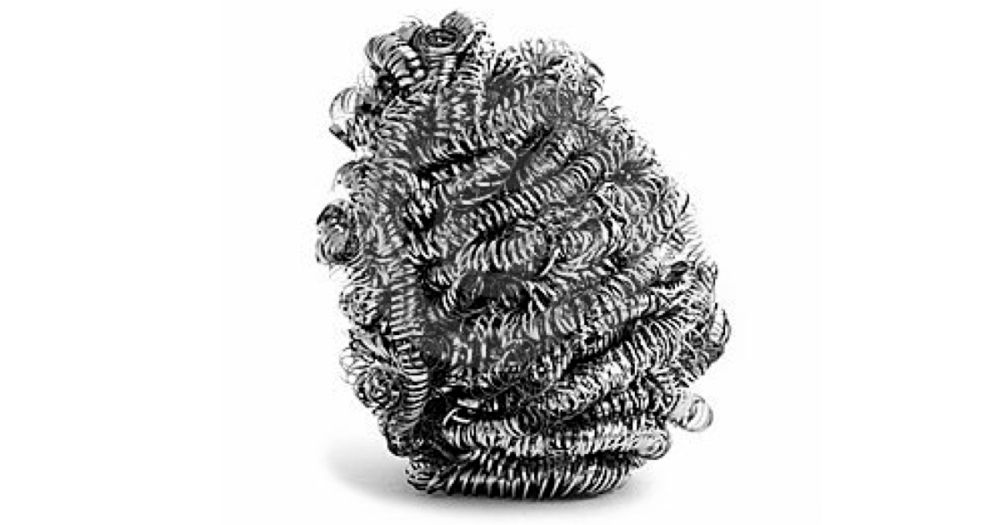
If you have accidentally put bleach in your Yeti bottle and now you've got a bunch of stains then you can still remove these and have your Yeti bottle looking (almost) brand new.
For stainless steel Yeti bottles, scrub away bleach stains with an abrasive cleaner like steel wool or magic erasers. Then rinse your bottle and leave it to air dry. This will allow the stainless steel to naturally form a protective layer around itself and should stop future rust.

